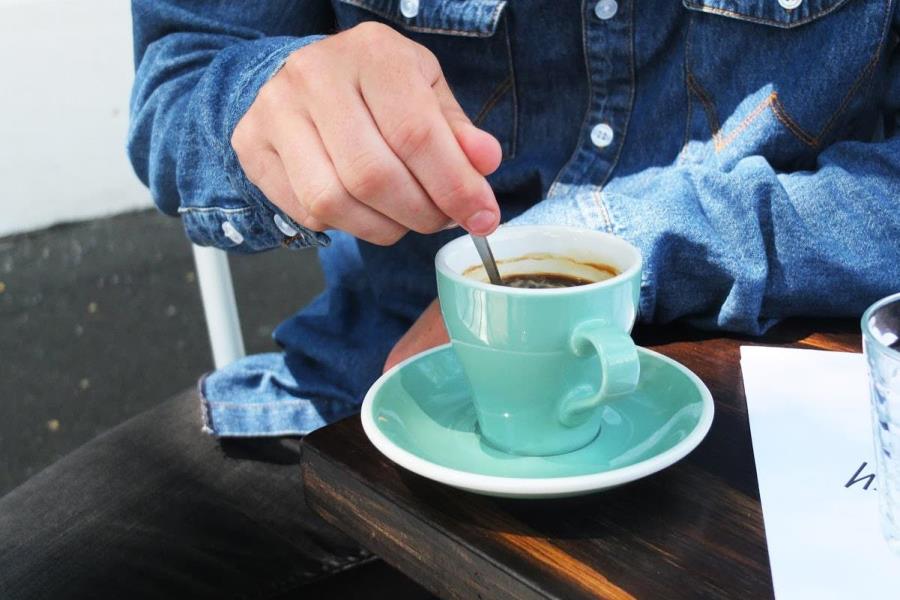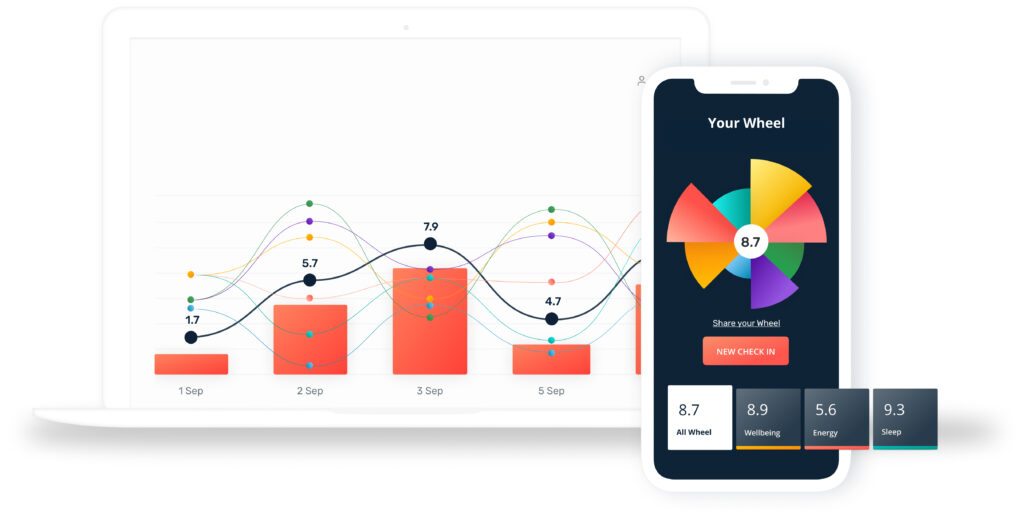How to cut down on caffeine
Caffeine can give you energy and keep you focused, but it’s really easy to become over-dependent on it. Whether you’re a triple-shot latte lover or an energy drink aficionado, it’s important to know how caffeine works and how it can affect you. If you want to cut back on the caffeine, we’ve got your back.
This can help if:
- you feel too dependent on caffeine
- you want to know how to cut down
- you want to know the effects of caffeine on your body.
What is caffeine?
Caffeine is a stimulant drug that causes the central nervous system to speed up the messages sent to and from the brain. It’s found in the leaves, seeds or fruit of a number of plants, such as coffee and tea plants. Caffeine is used in chocolate, soft drinks, energy drinks, tea and coffee. It can also be taken in capsule, tablet or powder form. As a rough guide, you shouldn’t exceed more than 400 mg of caffeine per day. You can calculate what 400 mg looks like from this table.

The effects of caffeine
Caffeine takes anywhere from five minutes to half an hour to circulate through your body. It makes you feel more alert and increases your concentration, but it also makes you feel more restless and is a diuretic. (It will make you pee more often).
Research has shown links between heavy use of caffeine (more than four to five cups of coffee or energy drinks per day) and high blood pressure, tremors, anxiety, nervousness, upset stomach and insomnia.
Plus, and this is a biggie, if you’re out drinking, caffeine doesn’t ‘sober you up’. It has no effect on your blood alcohol level. The only thing it can do is make you feel more awake. So, while you may feel like you’re more ‘with it’, you’re just as drunk as you were before.
How to cut back on caffeine
If you want to cut back on caffeine, try these suggestions:
- Keep a record of how much caffeine you have each day.
- Work out the times when you ‘need’ it most (for example, while working, studying, relaxing or socialising).
- Set a goal of how much you want to limit yourself to, and when you want to have it (for example, you might decide to have only one coffee in the morning at breakfast).
- Substitute the other times you normally have caffeine with non-caffeinated alternatives, such as decaf coffee, herbal tea or sparkling water.
- Decide how you plan to cut back. Do you want to go cold turkey? Or do you prefer to reduce the amount slowly?
Caffeine withdrawal
Whether you’re cutting back or giving it up completely, you may experience caffeine withdrawal. Be prepared for headaches, drowsiness, irritability, or even nausea and vomiting. While you may feel like crap at the time, it generally only takes a few days for the withdrawal symptoms to pass.… Phew!
What can I do now?
- Remember that caffeine is no substitute for a good night’s sleep.
- Track how much caffeine you have on an average day.
- Set a goal of a reduced daily limit of caffeine.
Content has been created by ReachOut. To view more information about ReachOut click here.



